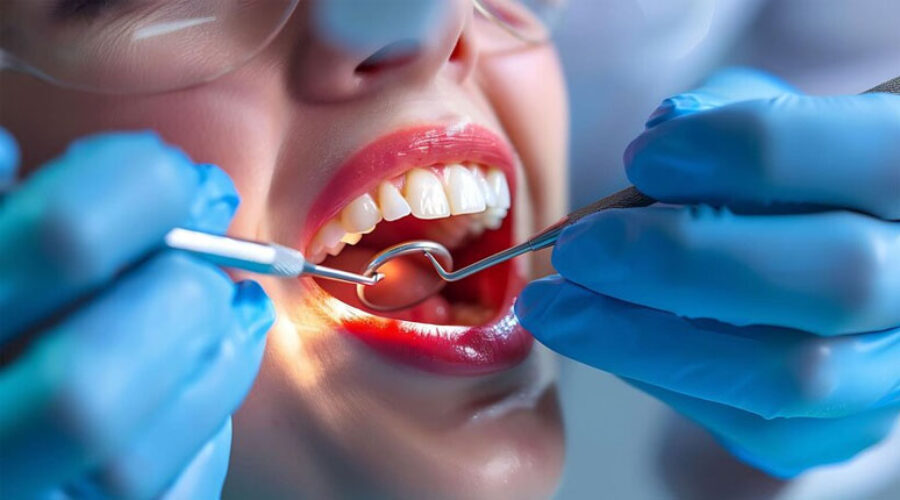Benefits of Immediate versus Delayed Dental Implants
Dental implants are a popular solution for replacing missing teeth, with immediate and delayed implants being the two primary options. Understanding the benefits and complications of each approach helps patients make informed decisions about their dental care. This article explores the differences between immediate and delayed dental implants, focusing on their advantages and potential issues.

Immediate dental implants
Benefits
- Reduced Treatment Time Immediate dental implants streamline the treatment process by combining extraction and implant placement in a single procedure. This reduces the overall treatment time and number of surgeries required.
- Preservation of Bone Structure Immediate placement helps preserve the natural bone structure, preventing bone resorption that can occur after tooth extraction. This maintains the jawbone’s integrity and facial aesthetics.
- Enhanced Aesthetics: Immediate implants provide quicker aesthetic results, as the temporary crown can be placed immediately, improving the patient’s smile and confidence during the healing period.
- Less Surgical Trauma – Combining extraction and implant placement reduces the number of surgical procedures, potentially leading to less overall trauma and discomfort
Complications
- Higher Risk of Infection Placing an implant immediately after extraction can increase the risk of infection if the extraction site is not properly healed or if there is an existing infection.
- Primary Stability Challenges Achieving primary stability (initial stability of the implant) can be more challenging with immediate implants, especially in areas with low bone density or quality.
- Higher Cost: Immediate implants can be more expensive due to the complexity and precision required for the procedure.
Delayed dental implants
Benefits
- Increased Success Rates Delayed implants often have higher success rates as they are placed in a fully healed and stable bone environment. This allows for better osseointegration (fusion of the implant with the bone).
- Better Management of Complications: Waiting for the extraction site to heal allows any potential complications, such as infections or bone defects, to be addressed before implant placement.
- Flexibility in Treatment Planning Delayed implants provide more flexibility in treatment planning, allowing the dentist to assess the healing process and make necessary adjustments.
- Cost-Effective Delayed implants can be more cost-effective as they reduce the need for additional procedures to manage complications associated with immediate implants.
Complications
- Bone Resorption Delaying implant placement can lead to bone resorption (loss of bone volume) at the extraction site, potentially complicating future implant placement and requiring bone grafting.
- Longer Treatment Time The overall treatment time is extended with delayed implants, as the healing period between extraction and implant placement can take several months.
- Multiple Surgeries Patients may require multiple surgical procedures, including extraction, bone grafting, and implant placement, increasing overall treatment complexity and discomfort.
Comparative analysis
Clinical success
Both immediate and delayed implants have high success rates when performed under optimal conditions. However, immediate implants may have a slightly higher risk of complications due to the challenges in achieving primary stability and managing infection.
Patient satisfaction
Immediate implants often result in higher initial patient satisfaction due to the quicker aesthetic results and reduced treatment time. However, delayed implants may provide better long-term satisfaction due to their higher success rates and lower risk of complications.
Cost and time considerations
Immediate implants can be more costly and time-efficient in the short term, while delayed implants may be more cost-effective in the long term due to their higher success rates and reduced need for additional procedures.
Conclusion
Both immediate and delayed dental implants offer unique benefits and challenges. Immediate implants provide quicker results and reduced treatment time but come with higher risks and costs. Delayed implants offer higher success rates and better management of complications but require longer treatment times and multiple surgeries. Consulting with a dental professional can help determine the best approach based on individual needs, ensuring optimal outcomes and patient satisfaction.



